Japanese Weapons
Japanese Spears and Polearms- Long Bladed Weapons
Japanese Spears and Polearms – Long Bladed Weapons
Japanese long bladed weapons played an important role during the war. Spears and other long bladed weapons such as Japanese polearms are known as Yari. Yari is the term used for traditionally made Japanese blades that are in the form of a straight headed spear. There is a martial art that teaches how to weld a spear known as Sojutsu. These weapons are used for defensive purpose.
The Japanese polearms might be a relatively deceptively simple weapon however; it can mete out damage as that of a sword and allow for much further reach. Japanese polearms and similar weapons were never associated with rank and status therefore from the lowest ranking soldier to the higher class Samurai these weapons were in use. Nevertheless, even with its simplicity Yari, Naginata or other Japanese Polearms carries a fascinating history.
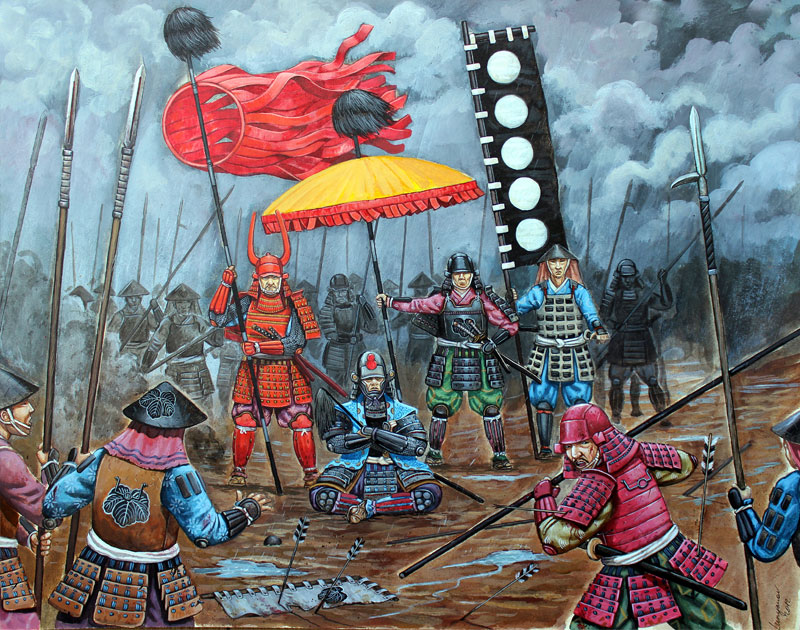
Great Japanese Polearms
- Tonboki – This was spear forged by Masazane and once welded by Honda Tadakatsu said to be one of the great generals of Tokugawa Ieyasu
- Nippongo or Nihongo – This is a famous spear used in the Imperial Palace. It now resides in the Fukuoka City Museum after being restored to its former glory
- Otegine -This was massive and was famous in Japan
Polearms might be for cutting and thrusting while this sounds simple enough, For hundreds if not thousands of years these were the main weapon for both Samurai and soldiers in and out of the battlefield. There are cases when its importance is more than the sword because the sword is used only when a polearm is broken, or in hand to hand combat.
Later on this was given to foot soldiers which made it look demoted in some respect. The versions made during this period were modified agricultural tools transformed into weapons. The idea of a bayonet was first taken from this where it was place in the gun to hack enemies with while firing the gun.
One thing is clear from other weapons used improvements were made to make these well-suited for that particular period of time. The greatest strength of polearms can be seen when soldiers are standing in formation ready for battle. Warriors are positioned in such a way that they can strike better base on their line formation. Proper planning and maneuvering is done by the one commanding the soldiers to get the best effect of using this weapon against the enemies. This is also why proper training is given so that during battle the user is well-adept in using these weapons.
Wakizashi Sword: The Katana Companion
Samurai Swords Steel Comparison Guide
T10 Tool Steel – Favorite Choice Among Collectors
History Behind Yari
Yari is sometimes referred to as Hoko. This was one of the earliest weapons used by Japanese warriors. However, spears that were created in the early Yayoi period were referred to as Hoko. This has a wooden pole inserted into a socket at the base of a forged iron blade. Soldiers were the first to be given the orders to use Hoko. However, being mass produced the weapons were of low quality that it was best left to the lower ranking infantry conscripts. However, Japanese polearms and similar long bladed weapons were replaced with bow, arrows and swords. By the 14th century, a new type of spear, the Yari was introduced to replace the earlier Hoko. This new model was designed like a sword. With the warfare in the 1400s, Yari became a common weapon used in the battlefield or Senjo. Infantry units were said to carry about 3 to 5 meters Yari with short blades. The goal was to build a tight formation to stop the advancing enemies and their horses at a safe distance. When the Mongols tried to invade Japan they employed Chinese and Korean footmen who carry long pikes who used this kind of formation. However, in this case they moved in large units to stave off the cavalry.
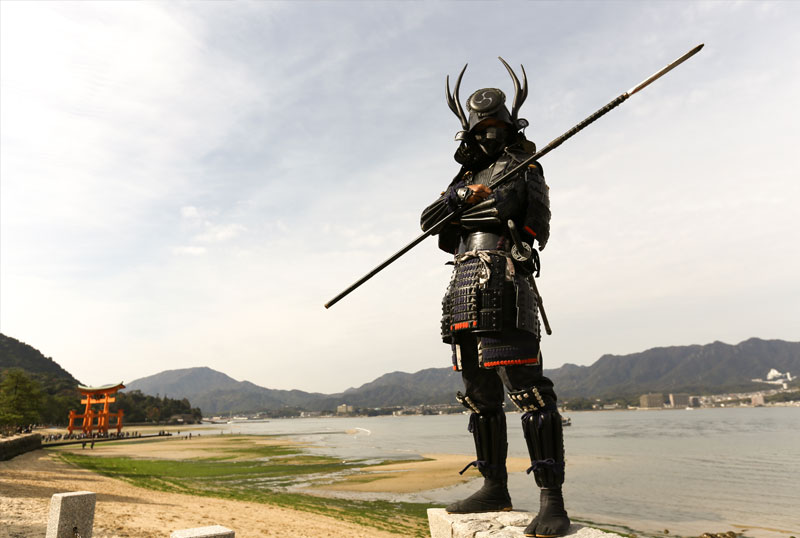
During this period, the use of this weapon, Naginata and Japanese polearms made the army fare better than swords. The name of the game is being able to attack the enemy within a safe distance. These weapons can also do great damage when they pierce their enemies with it. During this period, swords were used for emergency side arm status. These continued from the Heian through the Muromachi period. After this period until the early Tokugawa Bakufu or Osaka Campaign, a new type of this bladed weapon was made. There were new versions introduce on the battlefield. During the Tokugawa/Edo period, because of the need to heed martial arts traditions or Ryuha, those in the battlefield choose either the 2.5 meters long or the more than 3 meters version.
The techniques use involves not just thrusting and stabbing motions but, a combination of slashing and striking techniques. By the latter part of the 16th century, Ashigaru holding pikes became a staple for main army forces. The line formation of long bladed weapons with some of the soldiers holding matchlock and spears became a force to reckon with. Pikemen were trained to move their pikes in unison as commanded. Because of the success of using these long bladed weapons it became popular than the longbow as a weapon of choice for Samurai and foot soldiers. However, by the Edo period, this long spear has fallen from grace because the method of warfare has evolved. This time the emphasis was placed on close quarter battles. This is the period that both long bladed weapons and archery has lost their value. These remain to be produce even during the peaceful Edo period although this time it was used as a ceremonial and police weapon.
Characteristics of Yari
- This was a straight bladed weapon that are usually up to 3 feet in length
- The blades were made by materials use in swords and arrowheads. Bladesmiths use tamahagane on this weapon
- Made of super durable materials
- Throughout history most variations were produce with protrusions
- Shafts were often decorated with inlays having metals or semiprecious metals like lacquer and flakes of pearl
Types of Yari Blade
- Hirasaki. This type of blade can easily bend and suffer from cracks. The width is often tapered along the blade. The blade is wide
- Sankaku. This is triangle in shape. This unusual shape bladed weapon has the cross section of a sword. This has no cutting edge but, has a sharp point on the end. This was best use for penetrating armor especially those that are made of metal
- Ryo-shinogi. This has a diamond shape cross section
- Fukuro. Instead of a tang this was mounted on a metal socket
- Kikuchi. One of the rare designs that has a single edge. This can be use specifically for hacking. It also resembles a tanto. This is the only type that uses a habaki
- Yajiri Nari. This has a spade shape and often has a pair of holes that can be found on the two ovoid halves of this spear
- Jumonji. This is also referred to as Magari. This is a cross shape spear that resembles a trident. These has three sub types that includes: Jogekama, Karigata and Gyaku
- Kama. This is a peasant weapon that resembles a sickle or scythe as those used by farmers
- Kata Kama. This has a radical design because it was specifically constructed as a military fork with a straight blade
- Tsuka Yari. Has crescent moon shape blade head use for slashing and hooking enemies
- Kagi. Hook spear with side hook to catch a weapon or even dismount a rider from his horse
- Bishamon. These have ornate designs. These were attached with the use of short cross bars that transforms the head to look like a fleur-de-lis
- Hoko. An old version from the Nara period. This was said to be guard’s spear
- Sasaho. This has leaf shape
- Su. Has straight double edged blade
- Omi no. This has an extra-long blade
Different Kinds of Yari Shafts
- Nagae. These are Japanese polearams with pike like appearance commonly used by ashigaru or foot soldiers. The soldiers from the province of Owari were considered the weakest. This is the reason why Oda Nobunaga armed these underperformers with extra-long pikes to make them effective as cavalry men
- Kuda. The shaft for these Japanese polearms goes through a hollow metal tube so that these spears can be twisted when use for thrusting against the enemy
- Mochi. This was a long spear used by both foot soldiers and Samurai
- Makura. This has short and simple shaft kept on the bedside for protecting the homes
- Te. This has a short shaft used by Samurai police to capture criminals
1060 Carbon Steel Spears for Sale
The Complete Guide: How to Choose Your Steel
Japanese Bows- The Art of the Yumi Bow
Legendary Japanese Spears
Naginata is the term use for Japanese polearms. This is a close combat weapon. This is fitted at the end of a long shaft usually made out of wood. This protects the user because it keeps him from a safe distance of his enemy. The purpose of using a Naginata is to increase leverage since the hands can move freely on a pole. This is use for striking the enemy. These are relatively cheaper to make than other kinds of weapon. This is the reason why when there was a need for more hands to fight Japanese polearms were given to peasants and foot soldiers. These are adapted from farm implements which these peasants are familiar with. Naginata was used by the Samurai class. This is composed of a wooden shaft and curved blade at the end. This is said to be a descendant of the Chinese guan dao, another kind of weapon. This has a sword like guard and held with pins. Nagamaki is another type of Japanese polearms used by the Samurai class. This was typically used against mounted opponents. This has a shorter grip and longer blade than the Naginata.
In the case of Naginata in the modern world there are two types: Shiai-yo which was used in Atarashi are made of oak shaft and has a bamboo blade or habu. This was used during competition and sparring. These blades of the Naginata are replaceable. Most of these are broken or damage during sparring hence the need for constant replacement. Naginata used by Koryu practitioners were also made of oak shaft and blade. This was carved from a piece of wood. There are times when some designs incorporate the use of a disc shaped guard or a Kihon-yo. Those who practice using this weapon wear uwagi, hakama and obi like those worn by Kendo practitioners. When sparring is required an armor known as bogu is worn. Shin guards ( Sune-Ate) and gloves or kote were also used. In Japan, studying the use of this spear is considered as woman’s art however, in other parts of the world men are the main practitioners of using this spear.
The simplest way to explain the difference between Japanse spears and polearms is in the methods that these are used in battle or out of it. Spears were used for semi long range attacks and even during close combat encounters. The damage created by spears has devastating results. Polearms on the other hand allows warriors or soldiers to acquire long reach while maintaining control over his weapon. These weapons were developed for fighting mounted soldiers and those that have heavy armors. Being long, these Japanese polearms allows soldiers to reach above the horse. As time went on, the different designs of these weapons borrow from earlier versions that it became hard to distinguish which is which. This explains why when searching for a specific weapons a little research goes a long way to find the right weapon. Whatever appearance these spears and polearms may have one thing remains clear, people will always be interested to learn how to use these in today’s world especially those that are into martial arts. Some collectors buy them to display. However, knowing its history would be a good conversational topic especially during parties for those that are into anything Japanese or the weapons that they use.

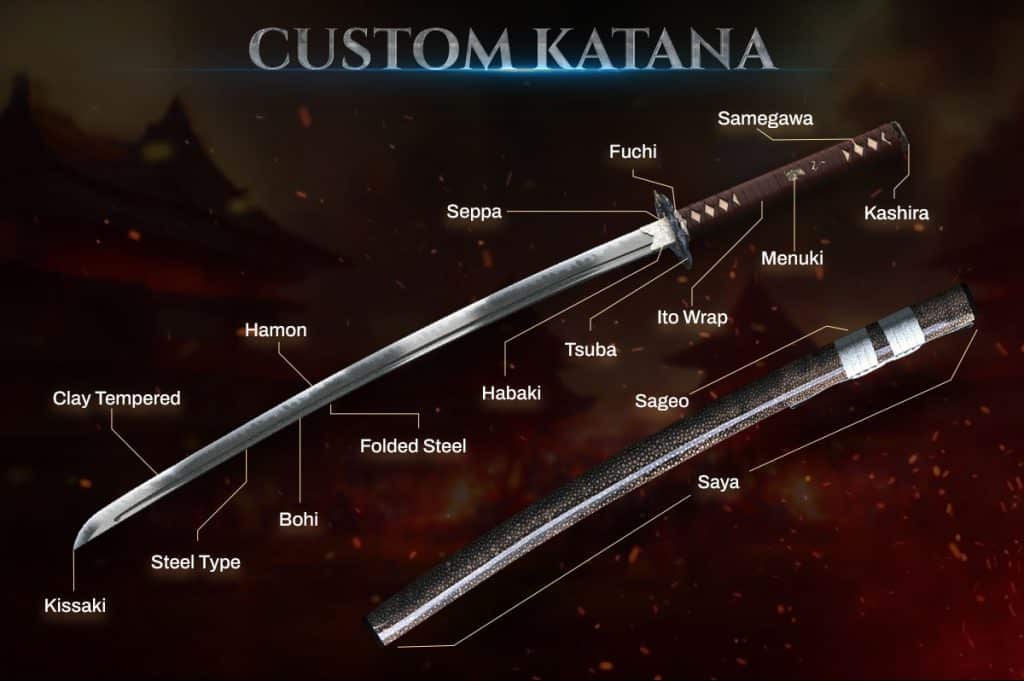
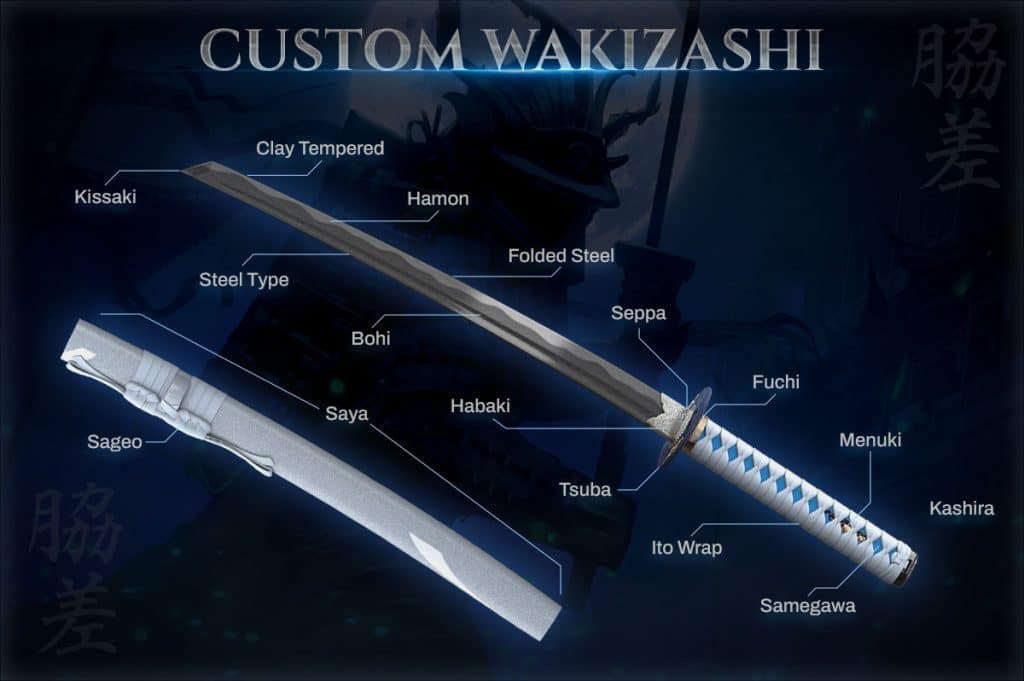
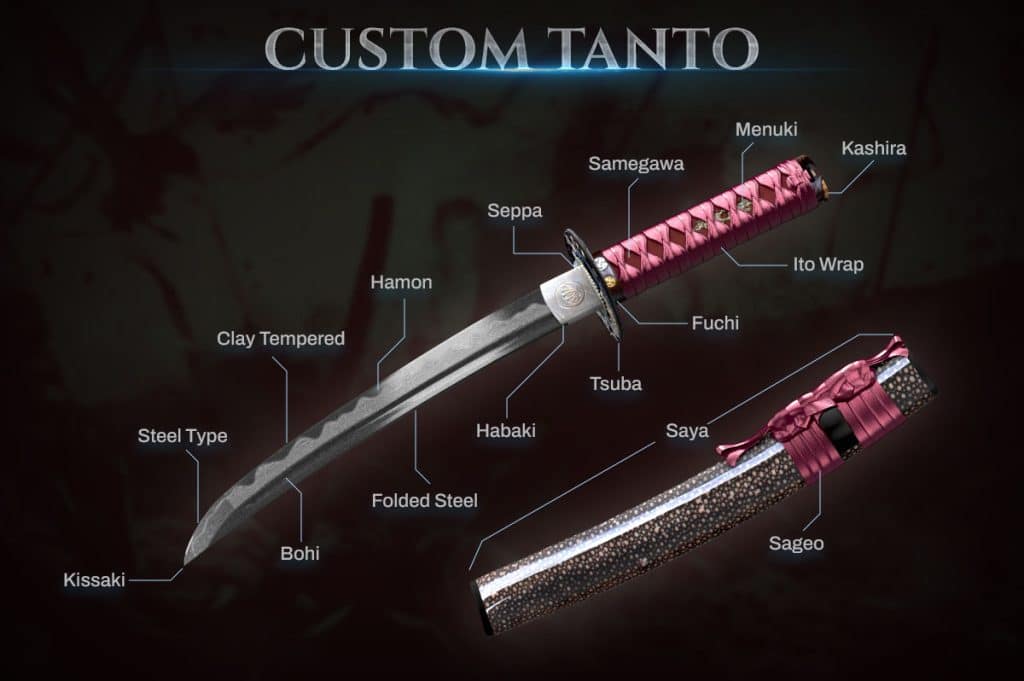
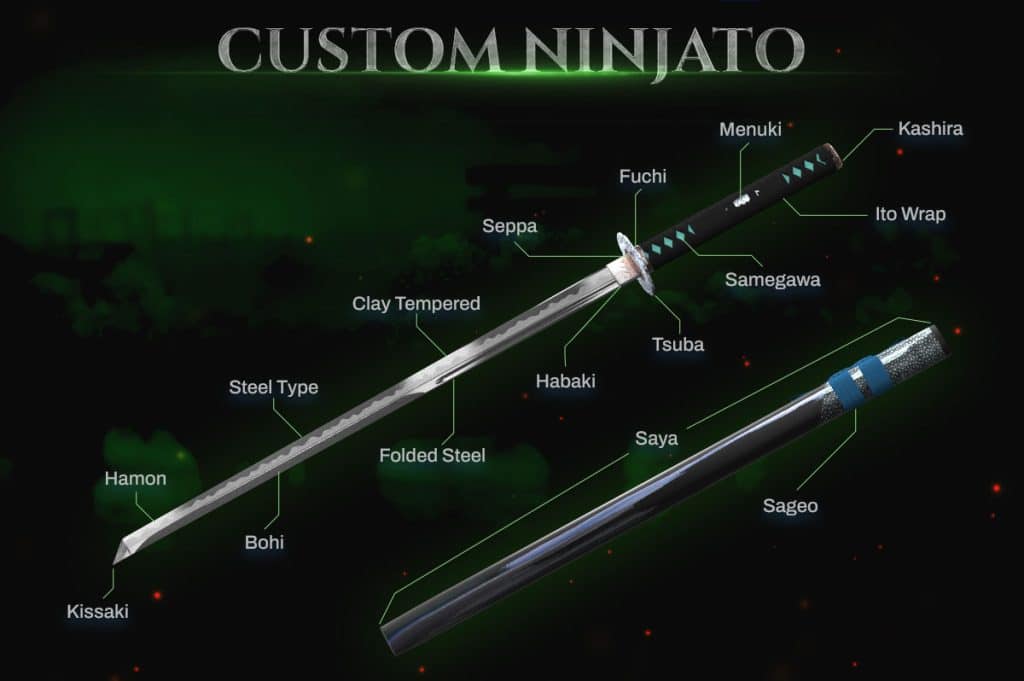
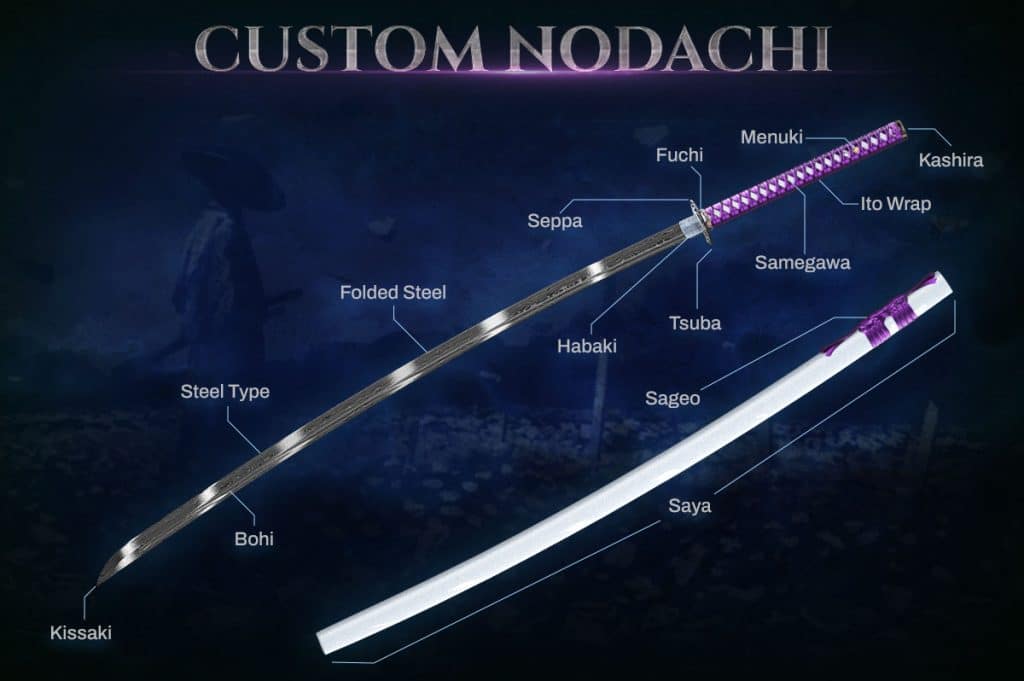
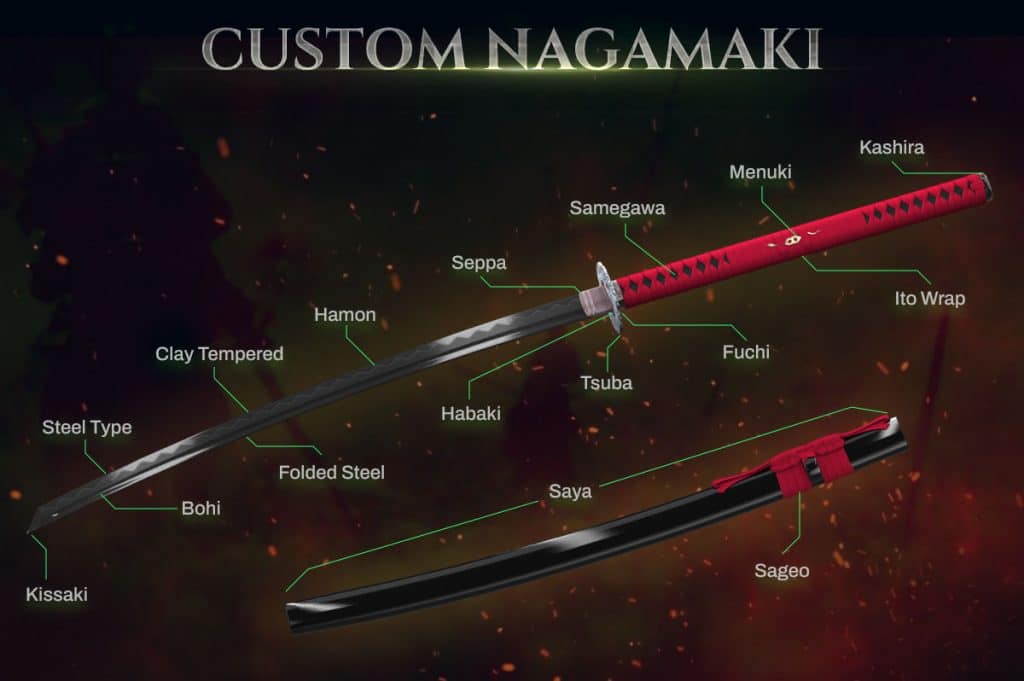
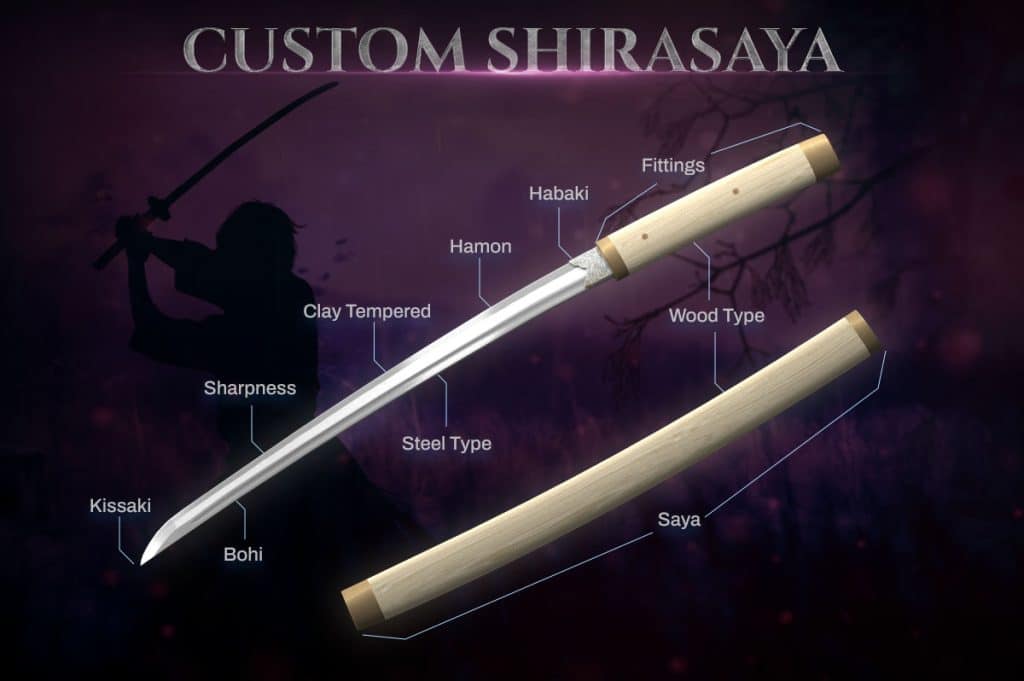
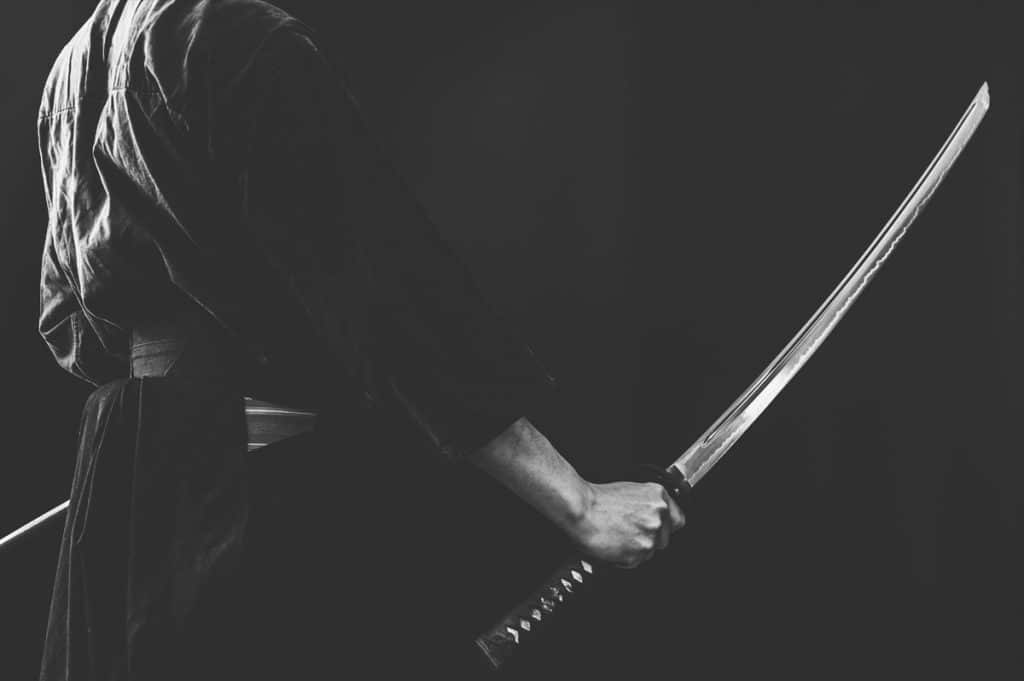
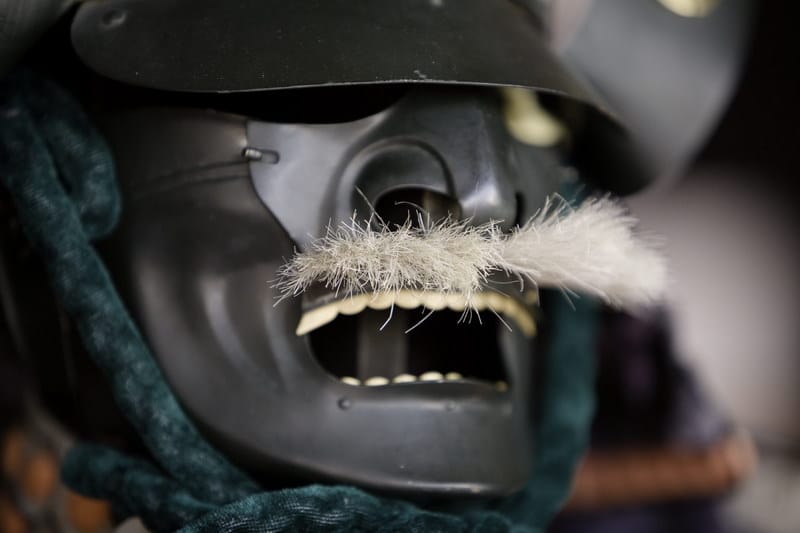
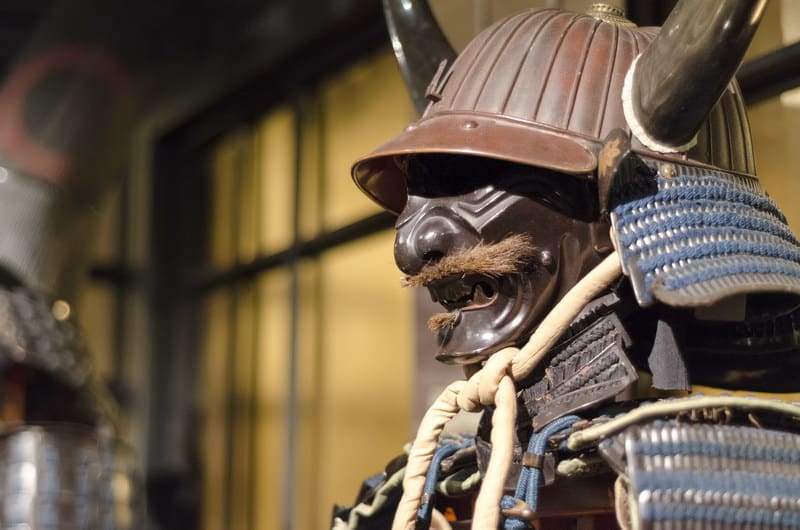
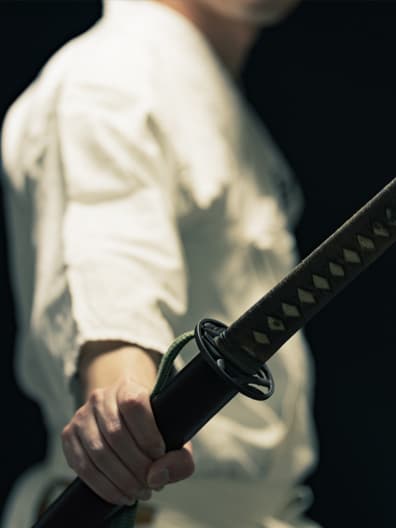
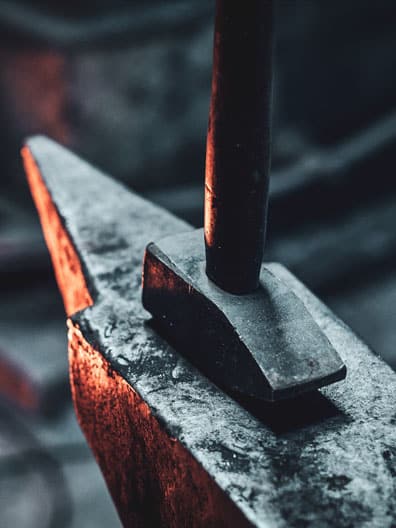
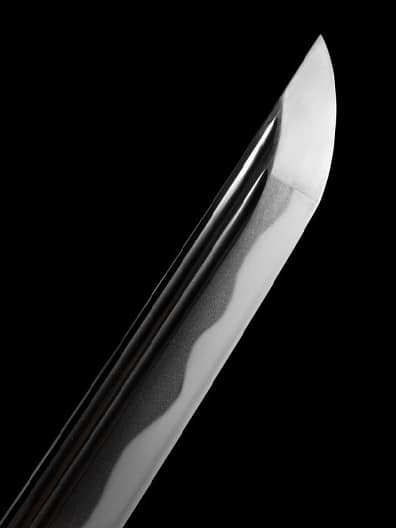
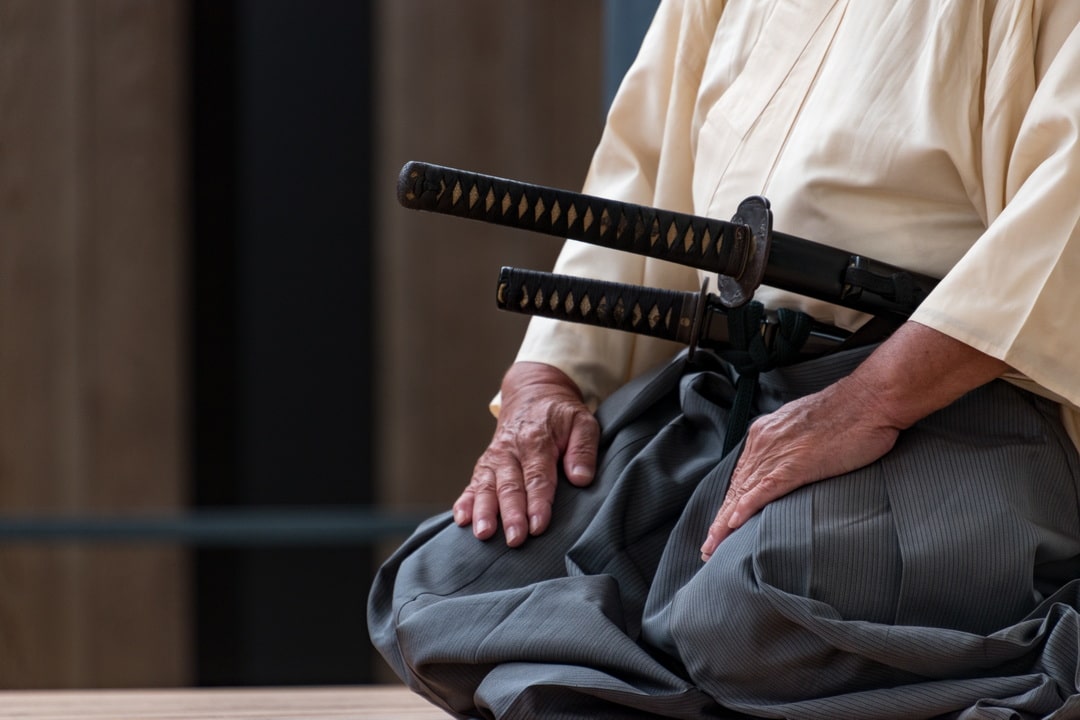
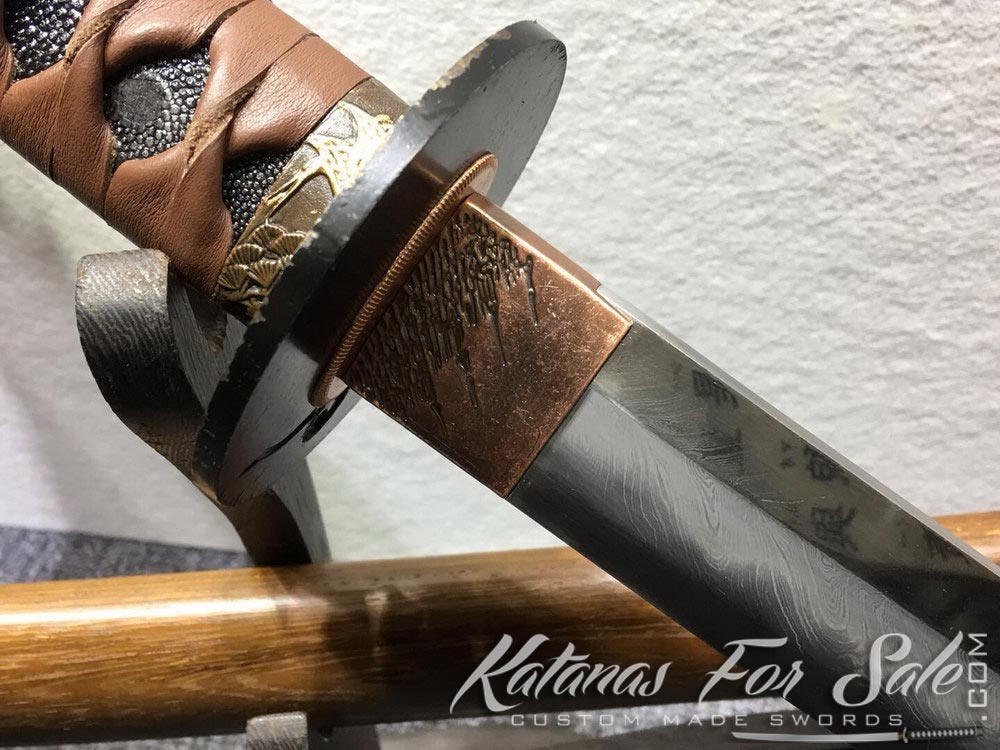
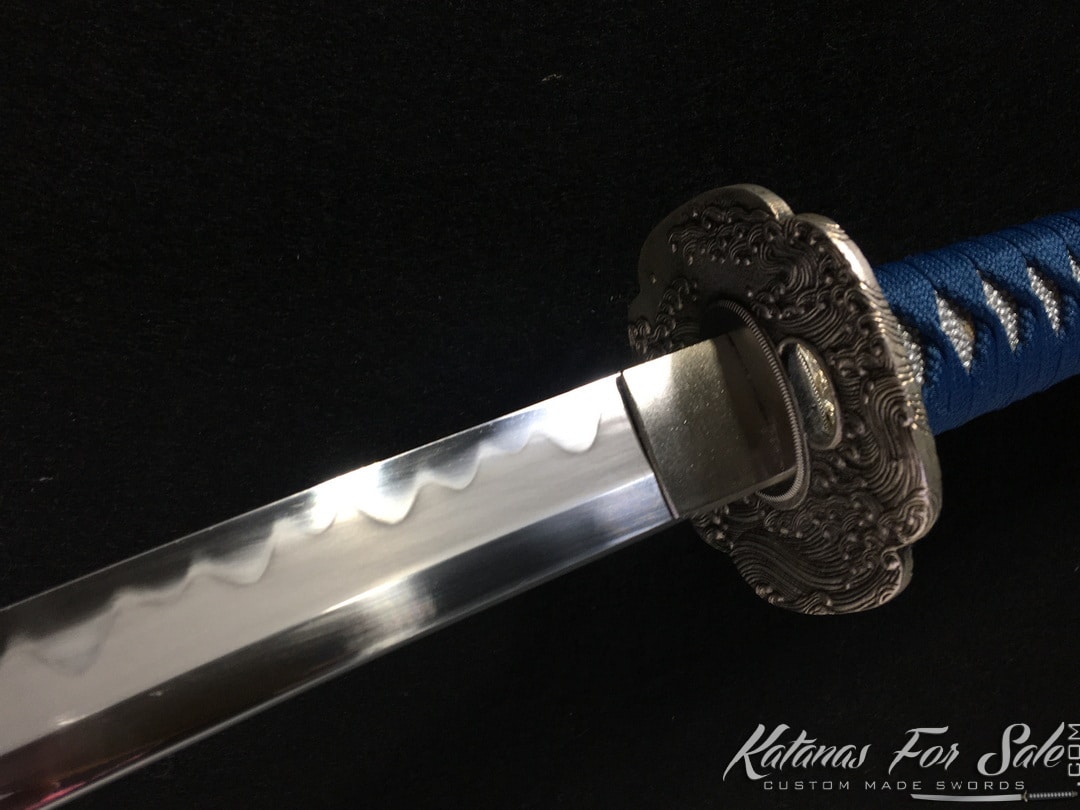
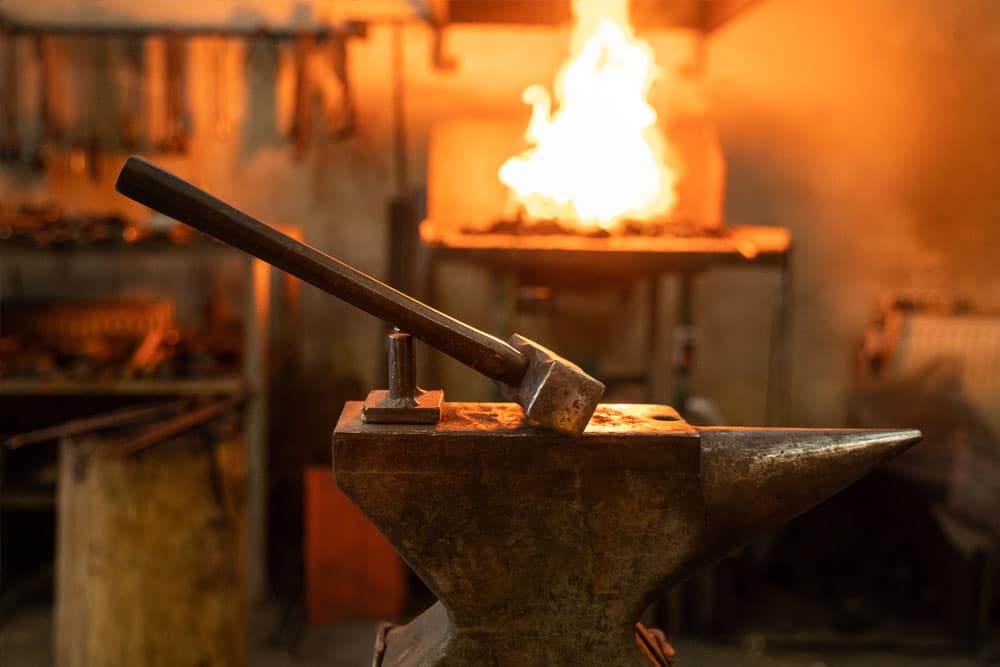

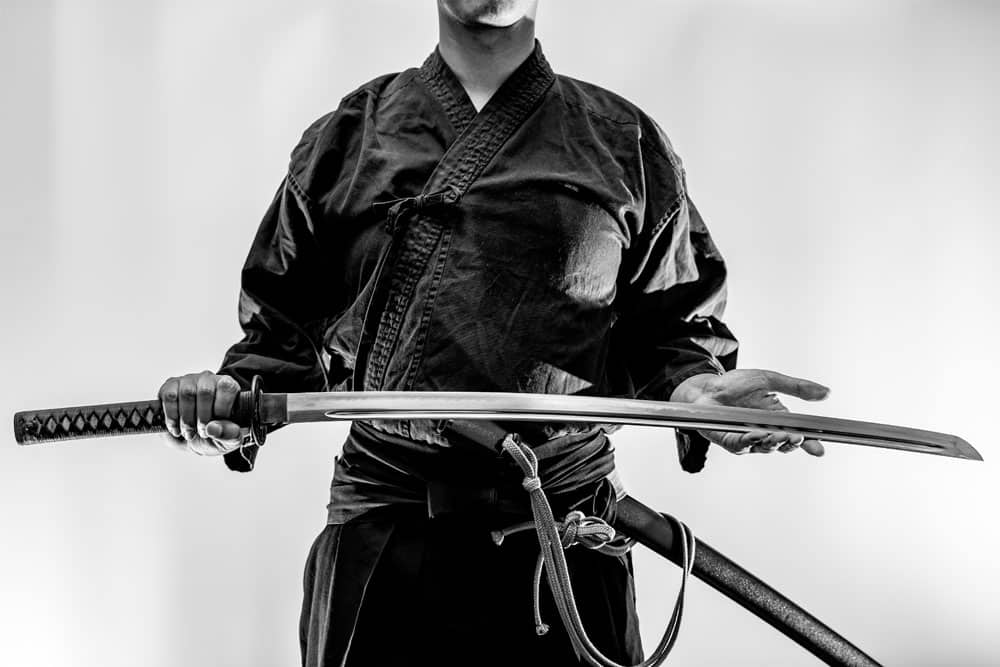

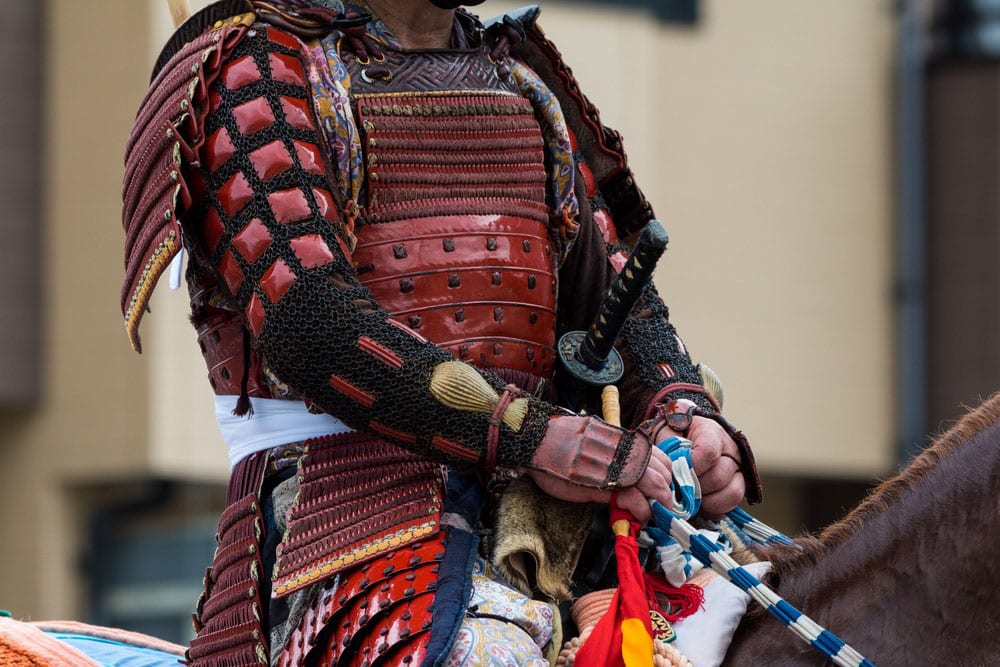
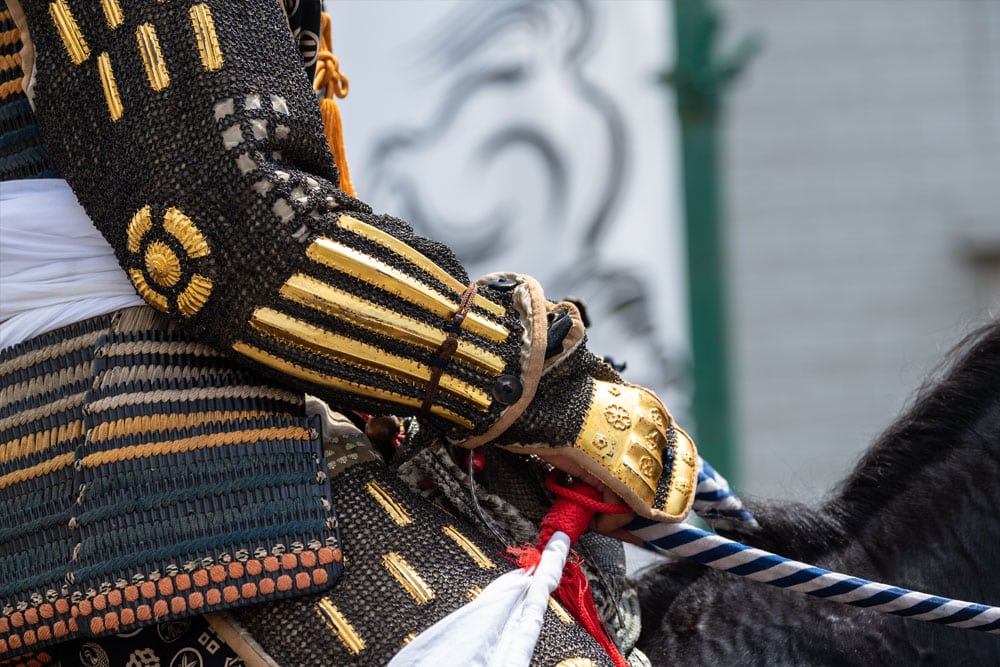
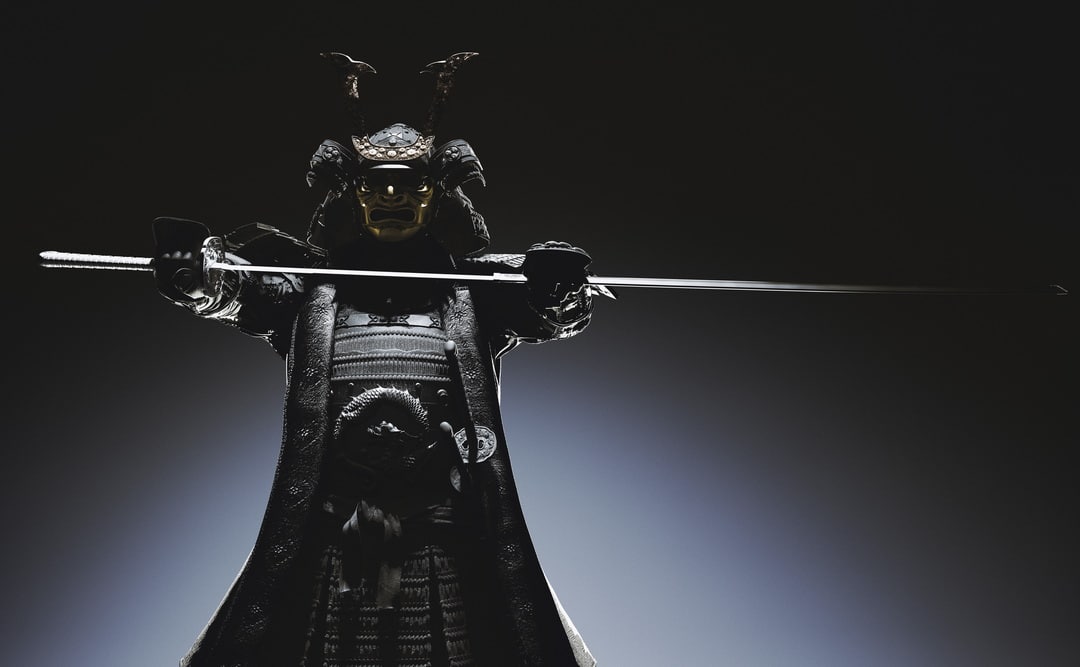
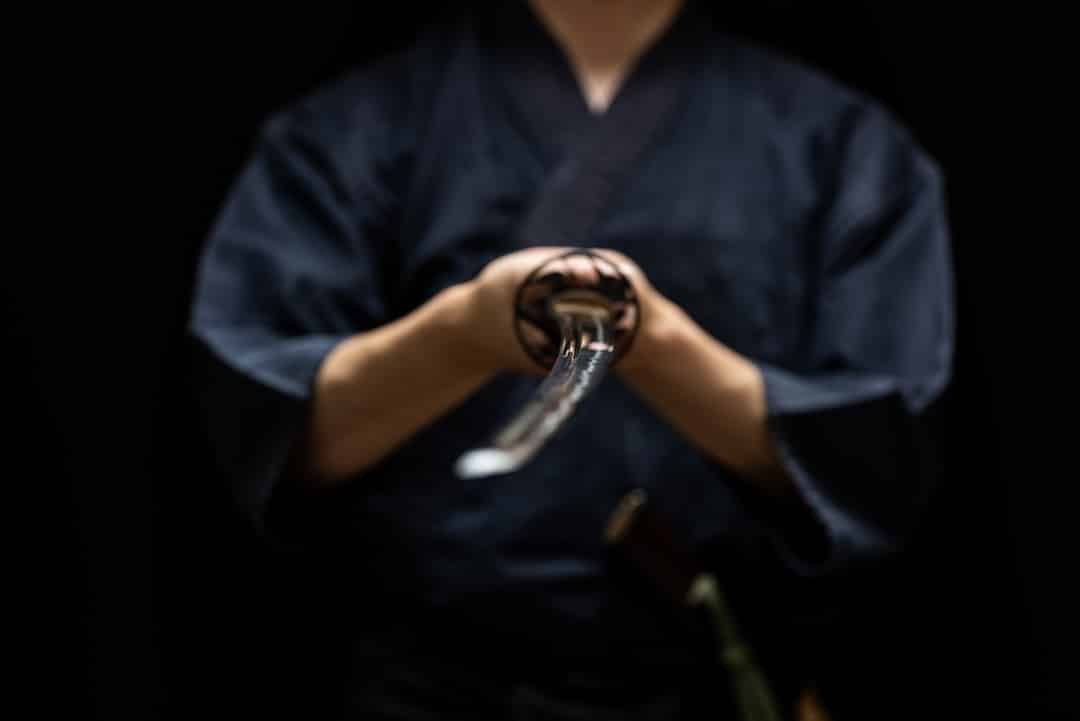
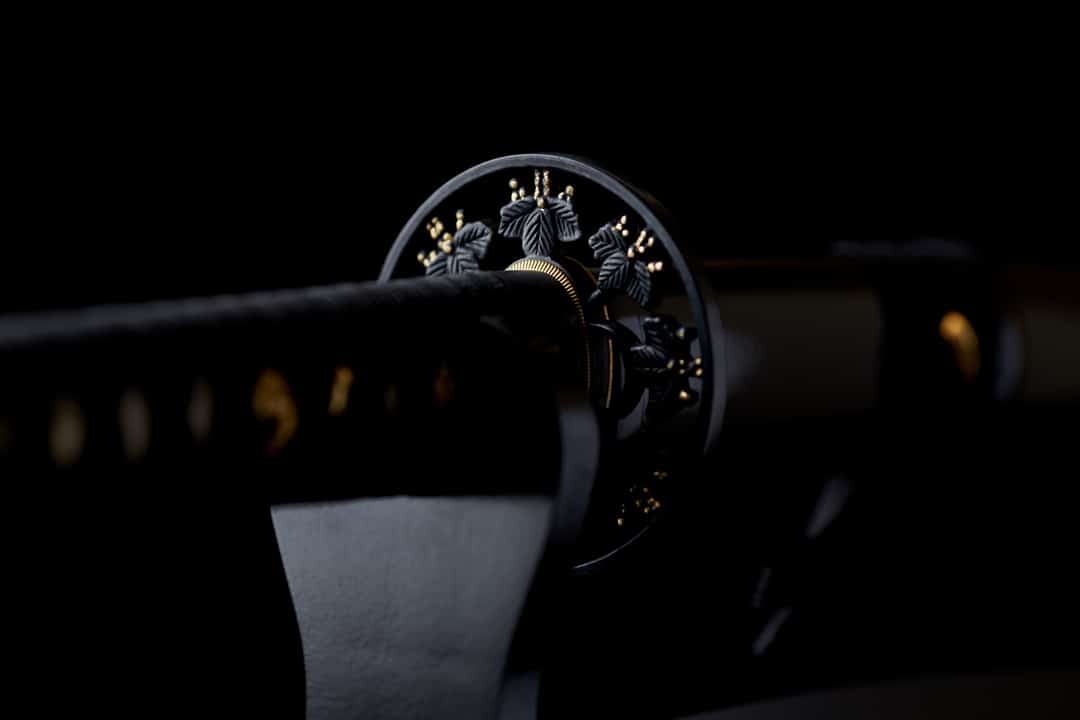
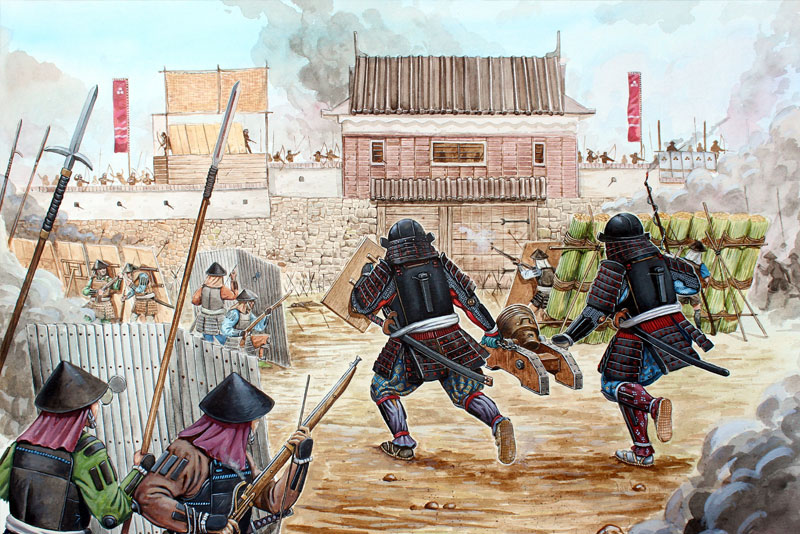
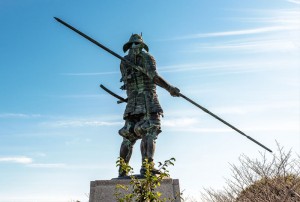

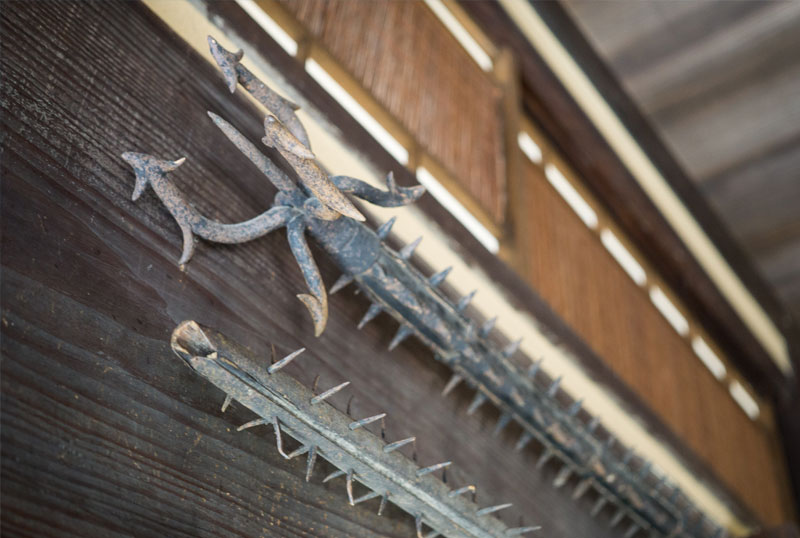


Test Your Knowledge
Feudal Japan's Warriors and Roles Unraveled
Samurai Sword Mastery: The Ultimate Challenge
Samurai Wisdom: Embark on a Journey Through the Ages